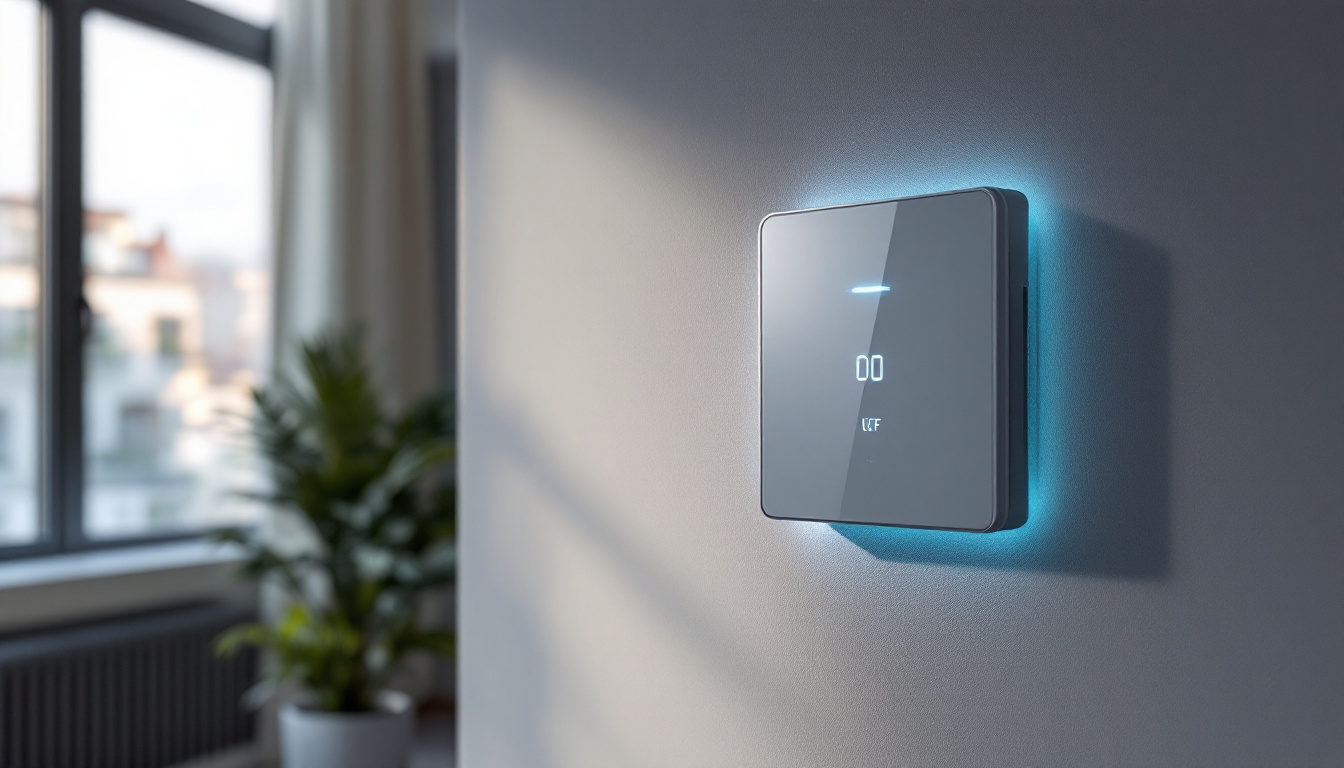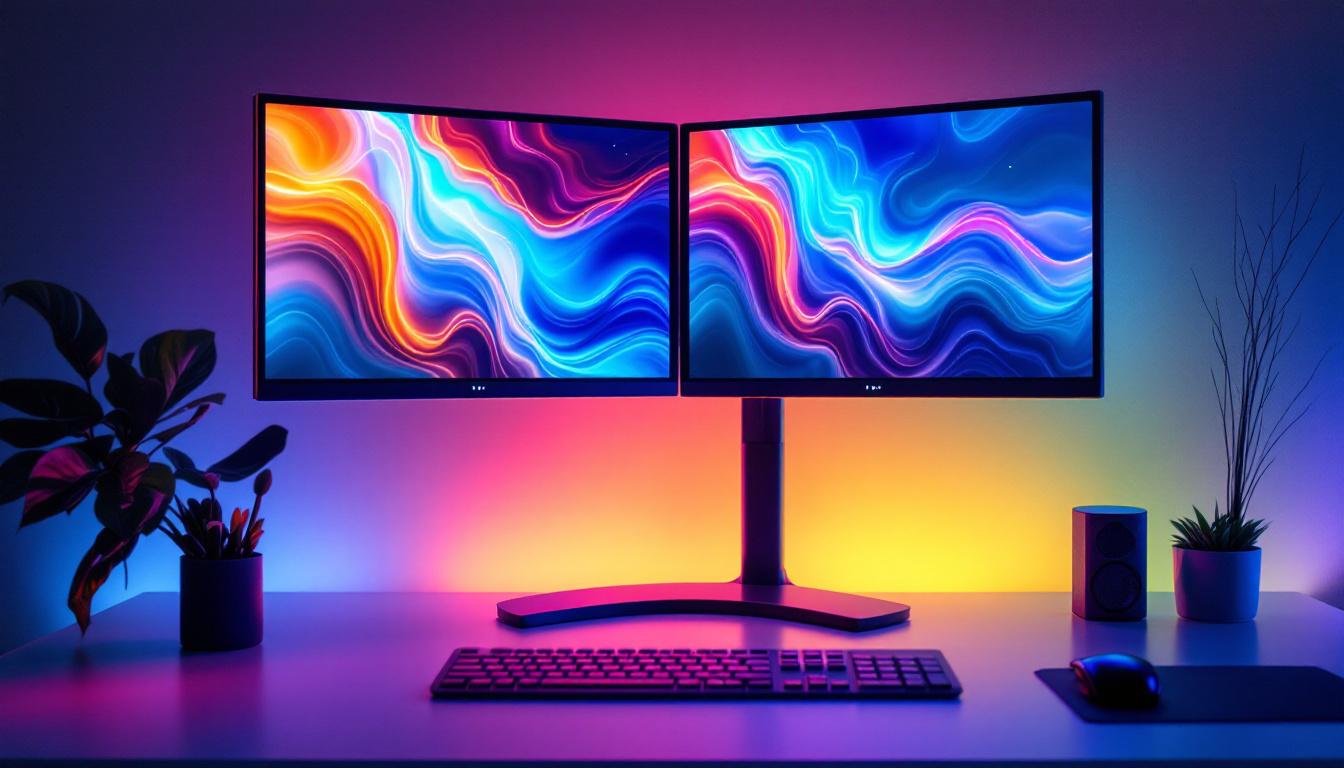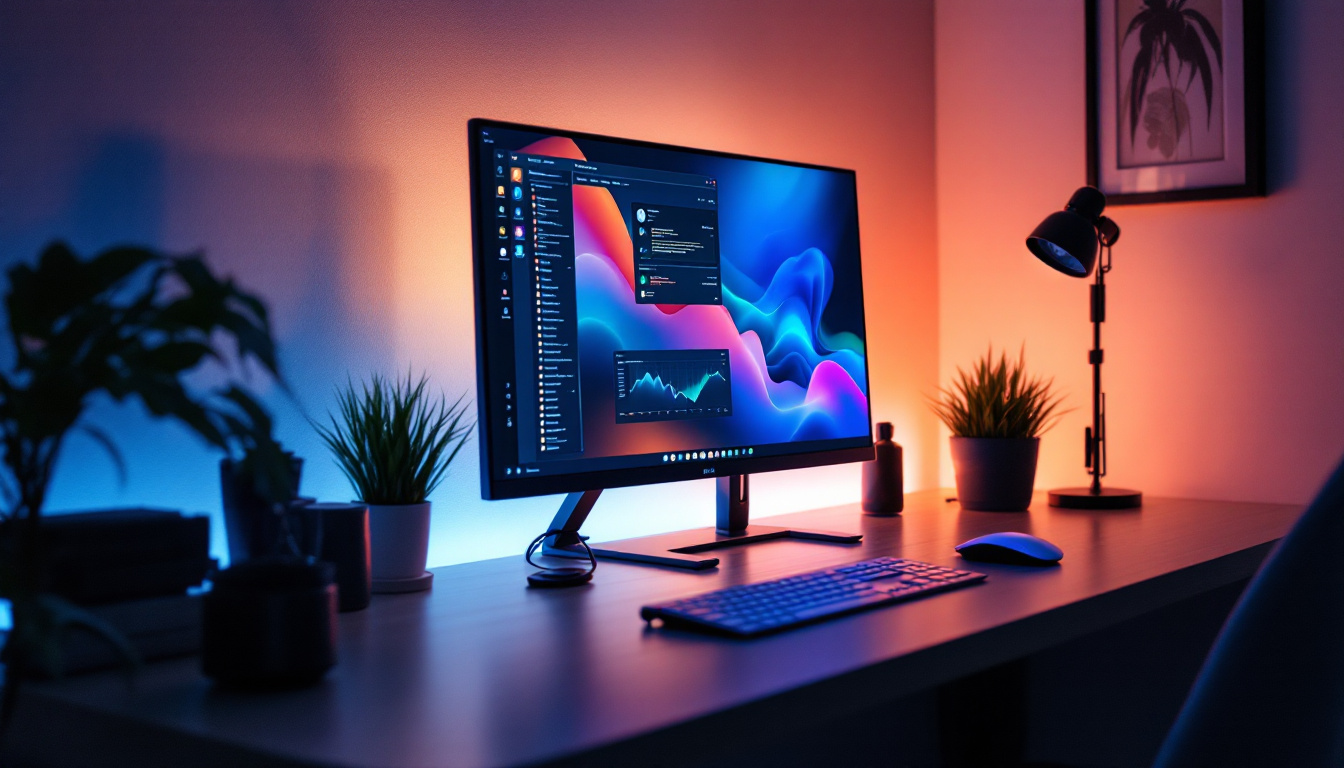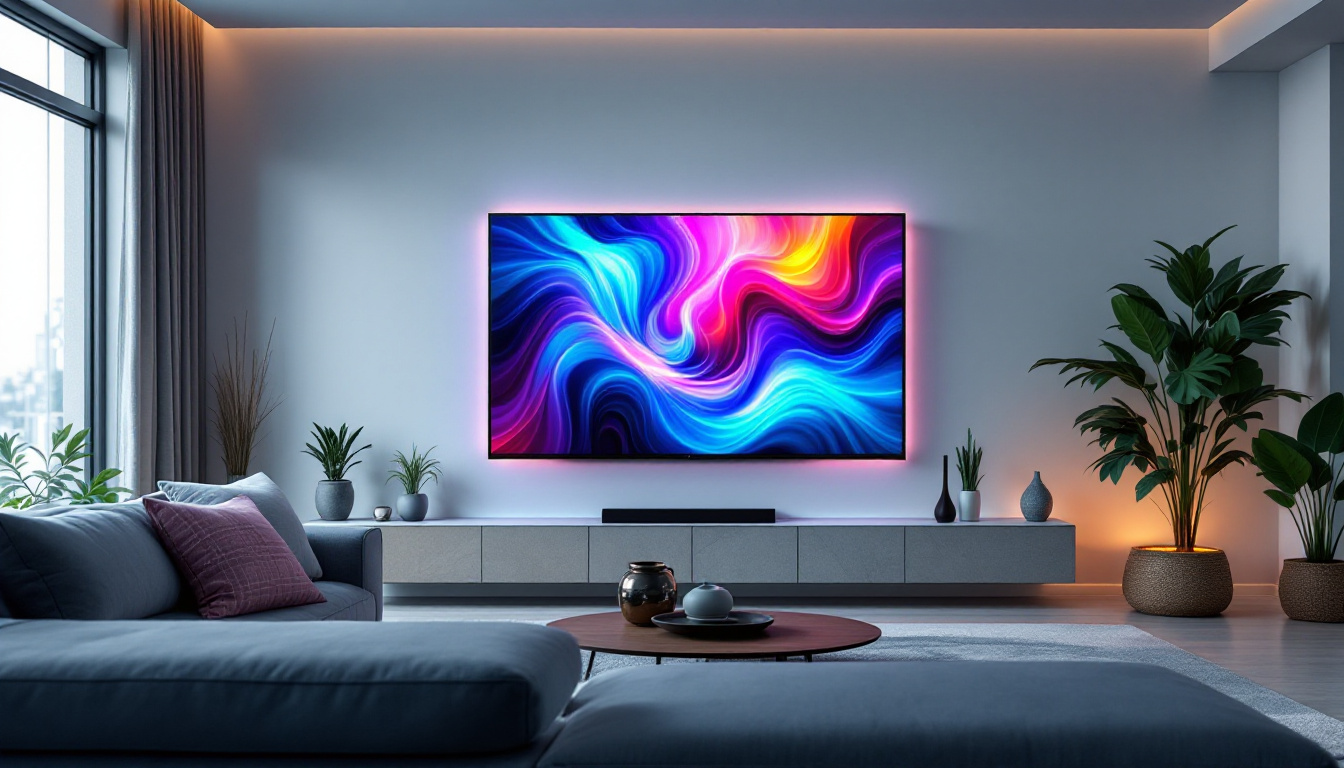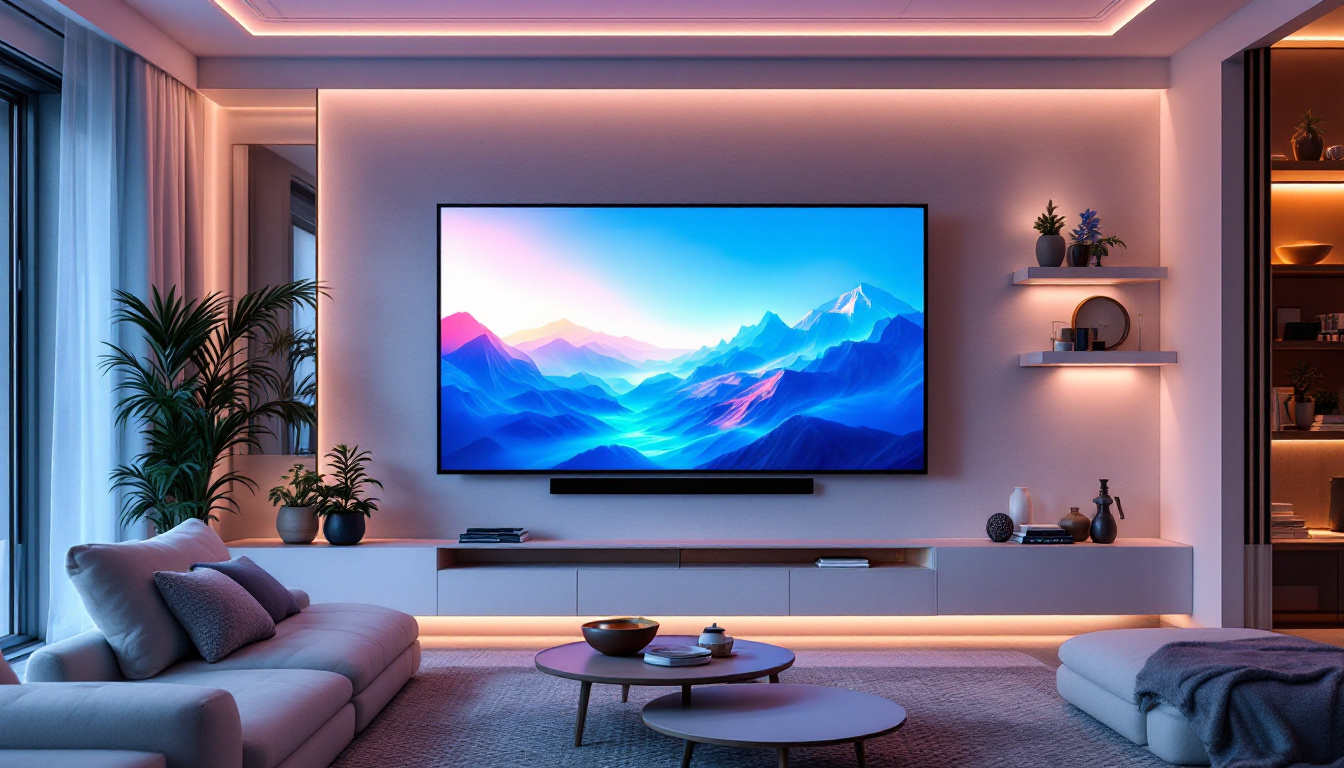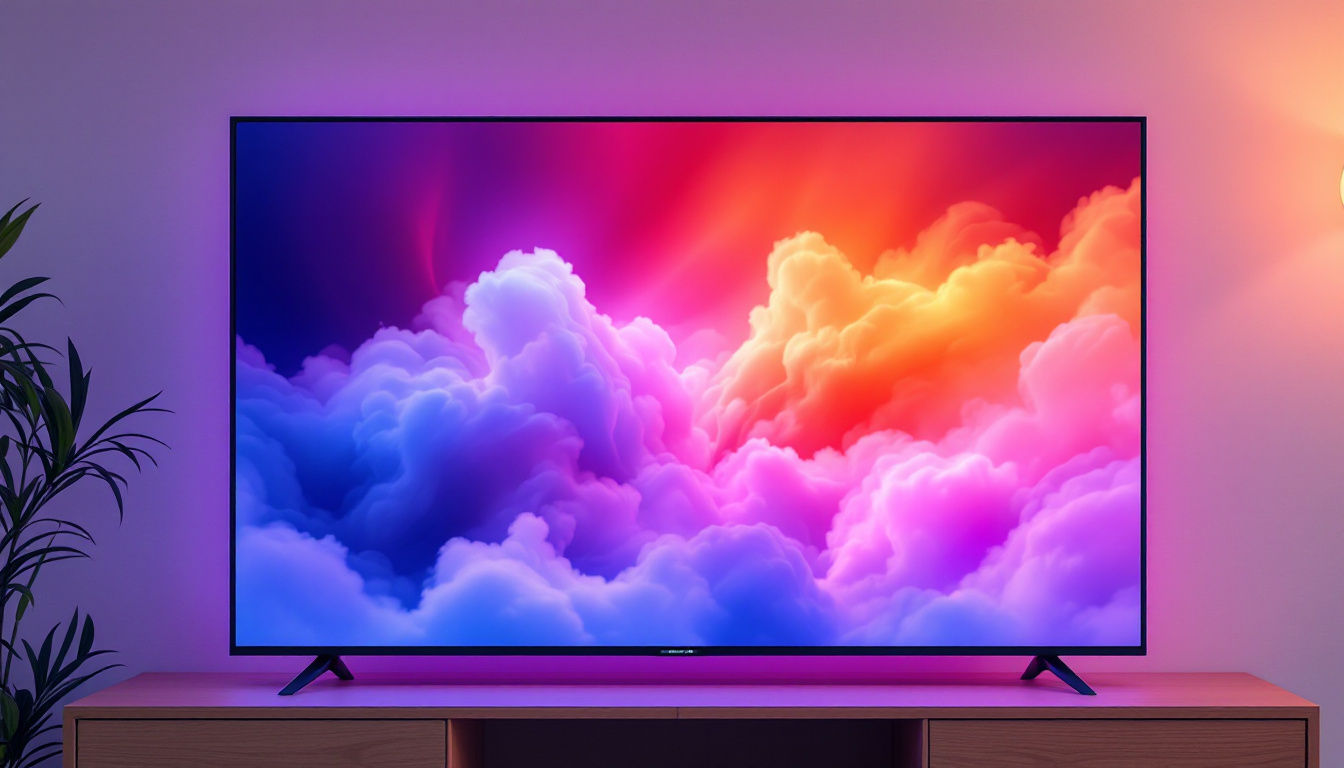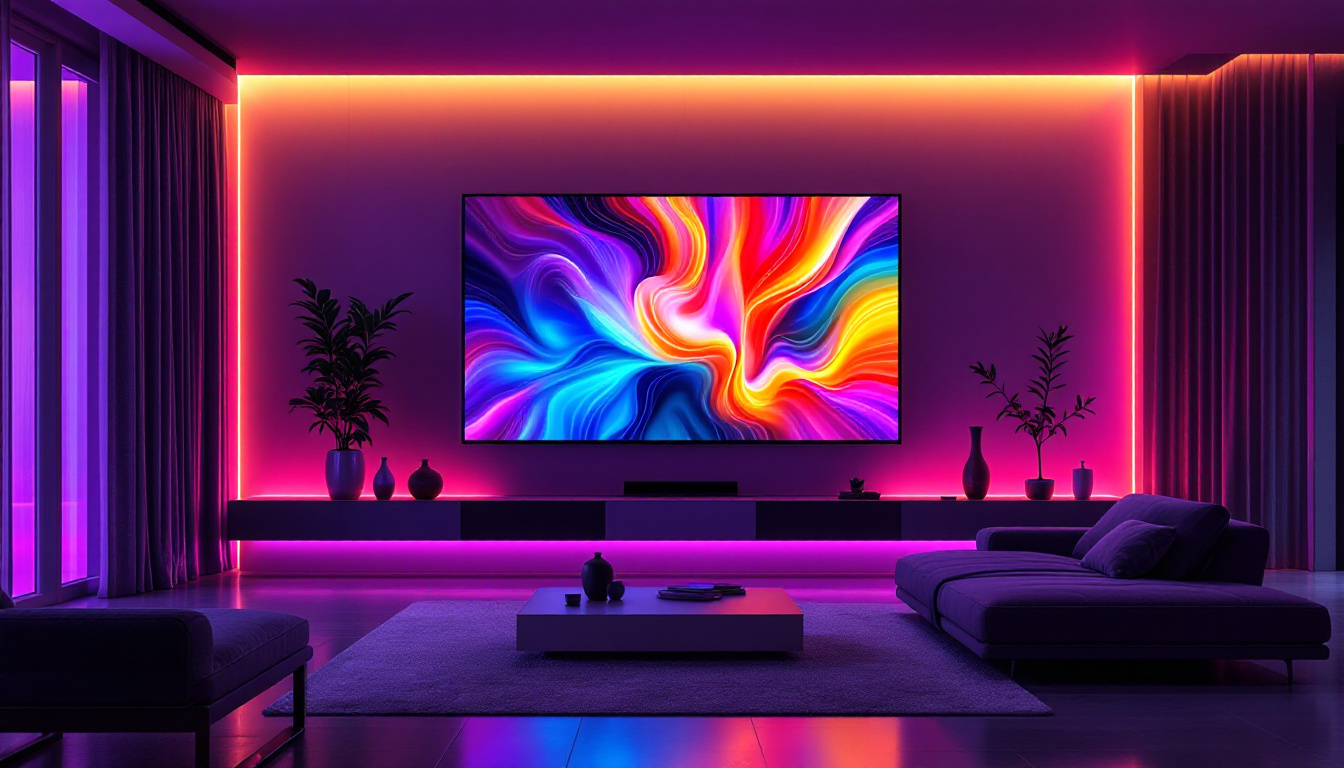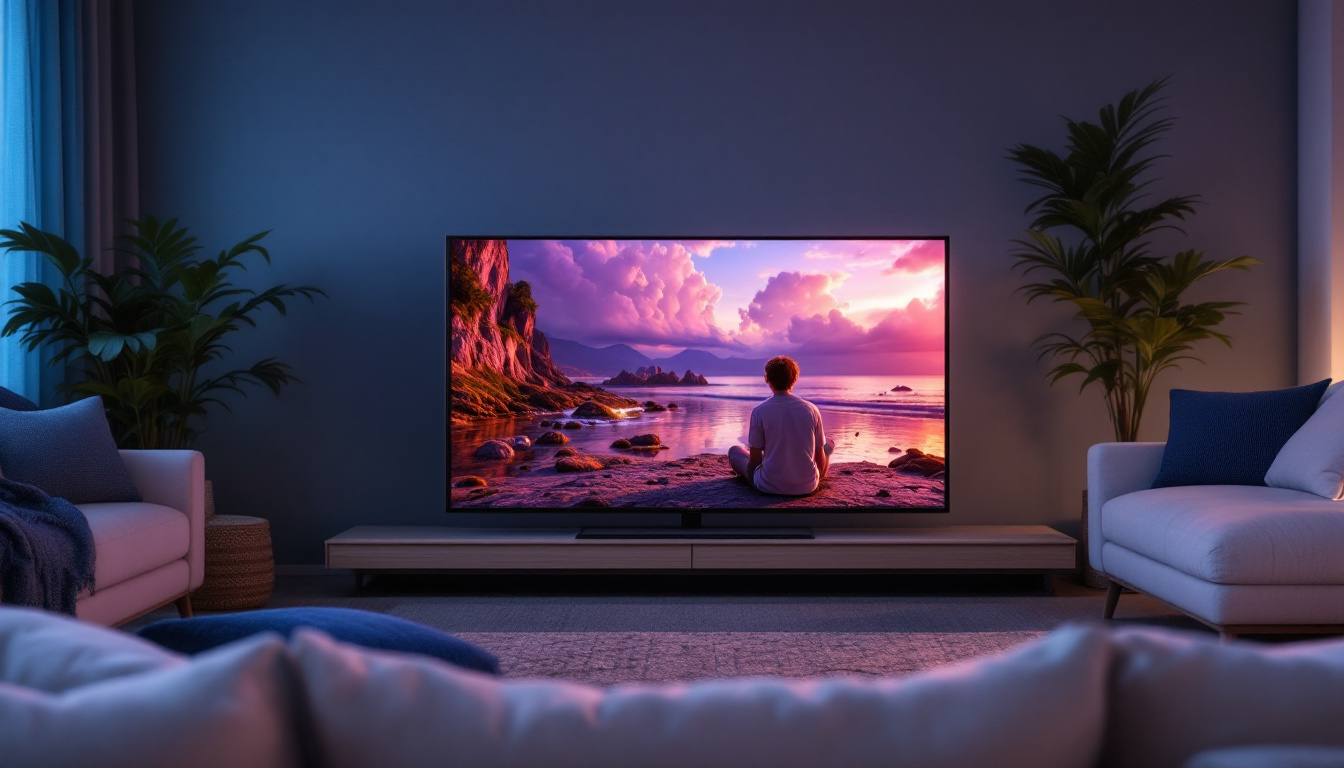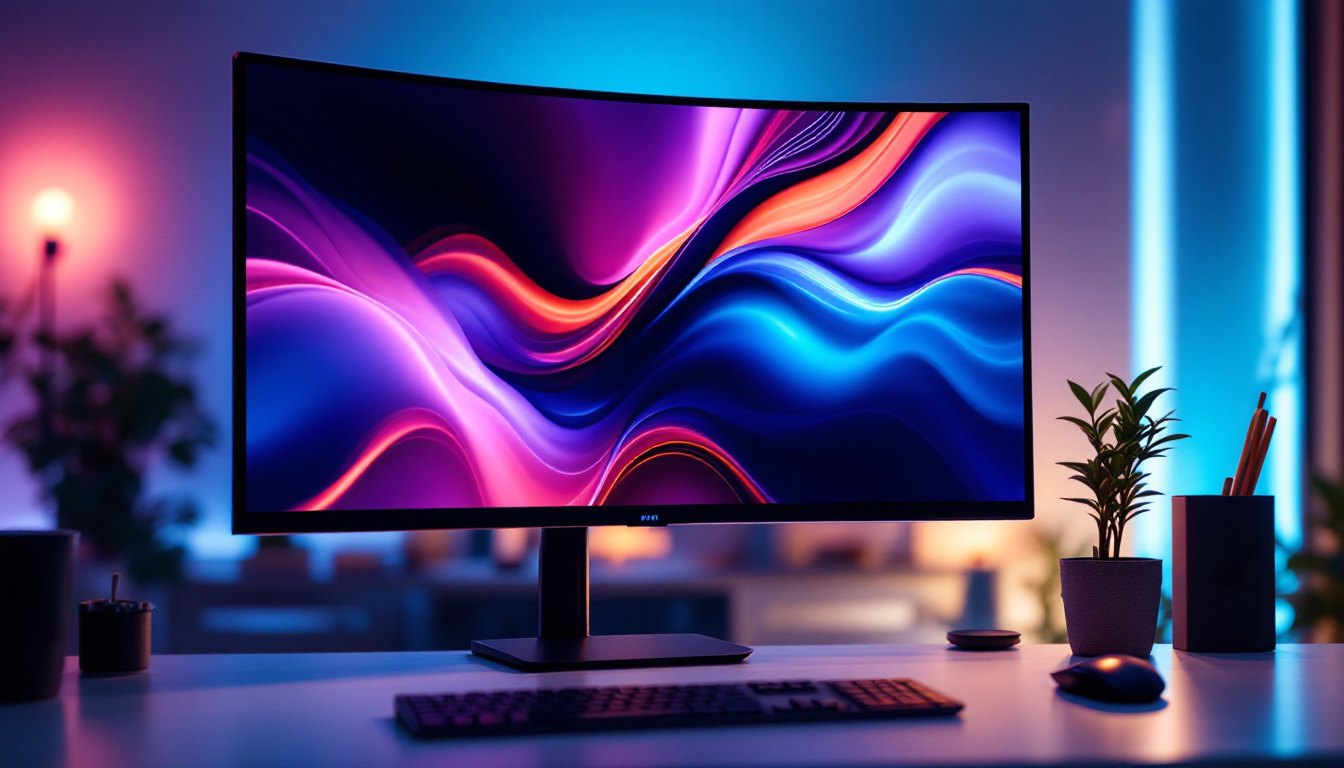In today’s technologically advanced world, the way we interact with our living spaces has evolved significantly. One of the most innovative developments in home automation is the touch modular switch, particularly those featuring LED displays. This article delves into the mechanics of touch modular switches, the significance of LED displays, and how they enhance user experience.
Understanding Touch Modular Switches
Touch modular switches represent a leap forward in electrical control systems. Unlike traditional switches that rely on mechanical movement, these switches utilize touch-sensitive technology. This allows users to control lighting and other electrical devices with a simple tap or swipe, providing a seamless experience.
How Touch Technology Works
At the core of a touch modular switch is a capacitive touch sensor. This sensor detects changes in capacitance when a finger approaches or touches the surface. When a user touches the switch, the sensor sends a signal to the control circuit, which then activates the connected device. This technology not only enhances functionality but also adds a modern aesthetic to any space.
Moreover, touch technology is often paired with advanced features such as dimming capabilities and customizable settings. Users can adjust the brightness of their lights or set specific moods with just a few taps, enhancing the ambiance of their environment. Some models even incorporate gesture control, allowing users to swipe their hand to turn lights on or off, creating an intuitive and interactive experience that traditional switches simply cannot match.
Benefits of Touch Modular Switches
Touch modular switches offer numerous advantages over traditional switches. For one, they are often more energy-efficient, as they can be designed to work with smart home systems, allowing for remote control and automation. Additionally, their sleek design can complement contemporary interiors, making them a stylish choice for modern homes.
Another significant benefit is the ease of use. Touch switches can be more accessible for individuals with mobility challenges, as they require less physical effort to operate compared to traditional switches. This inclusivity is an essential aspect of modern home design. Furthermore, many touch switches come equipped with safety features such as child locks and overheat protection, ensuring that they are not only user-friendly but also safe for families. The integration of these safety measures makes touch modular switches a reliable option for households with young children or pets.
The Role of LED Displays
LED displays are an integral feature of many touch modular switches. They serve not only as indicators but also enhance the overall functionality of the switch. Understanding the role of these displays can provide insight into their importance in home automation.
Visual Feedback and User Interaction
One of the primary functions of an LED display is to provide visual feedback to the user. When a switch is activated, the LED can illuminate to indicate that the corresponding device is on or off. This immediate feedback helps users confirm their actions without needing to rely solely on auditory cues or physical sensations.
Moreover, LED displays can offer additional information, such as the status of a connected device or the current settings of a smart home system. This feature enhances user interaction, making it easier to manage multiple devices from a single interface. For instance, when controlling lighting, a user can quickly glance at the LED display to see if the lights are set to dim or bright, allowing for seamless adjustments based on mood or activity. This intuitive design fosters a more engaging experience, encouraging users to explore and utilize the full potential of their smart home technologies.
Customization and Personalization
Many modern touch modular switches with LED displays come with customizable options. Users can often change the color of the LED lights to match their home decor or mood. This personalization aspect not only adds a unique touch to the living space but also allows users to create an ambiance that suits their preferences.
Furthermore, some advanced models allow for programmable settings, enabling users to set different colors or brightness levels for different times of the day or specific activities. This level of customization enhances the overall user experience and promotes a more intuitive interaction with home automation systems. For example, a user might program the LED display to emit a soft blue light during movie nights, creating a cozy atmosphere, while opting for a bright white light during morning routines to energize the space. This thoughtful integration of technology into daily life not only elevates convenience but also contributes to a more personalized and enjoyable home environment.
Installation and Compatibility
Installing a touch modular switch with an LED display can be a straightforward process, but it is essential to consider compatibility with existing electrical systems. Understanding the installation requirements and ensuring compatibility can help avoid potential issues down the line.
Installation Process
The installation of a touch modular switch typically involves replacing an existing switch. It is crucial to turn off the power supply before beginning the installation to ensure safety. Once the power is off, the existing switch can be removed, and the new touch modular switch can be connected to the wiring according to the manufacturer’s instructions.
Many users find that hiring a professional electrician for installation can save time and ensure that everything is set up correctly. This is especially important for those who are not familiar with electrical work, as improper installation can lead to safety hazards. Moreover, a professional can provide valuable insights into the best placement of switches to optimize functionality and aesthetics in your home.
After installation, it is advisable to test the switch thoroughly to ensure that it functions as intended. This includes checking the responsiveness of the touch interface and verifying that the LED display operates correctly. Some users may also want to explore additional features, such as dimming capabilities or programmable settings, which can enhance the overall user experience.
Compatibility with Smart Home Systems
Before purchasing a touch modular switch, it is vital to check its compatibility with existing smart home systems. Many modern switches are designed to work seamlessly with platforms like Google Home, Amazon Alexa, and Apple HomeKit. This compatibility allows users to integrate their switches into a broader smart home ecosystem, enhancing functionality and convenience.
Additionally, some touch modular switches offer Wi-Fi or Bluetooth connectivity, enabling remote control through mobile applications. This feature allows users to manage their lighting and devices from anywhere, adding a layer of convenience that is increasingly sought after in modern living. Furthermore, with the rise of voice-activated technology, many switches can be controlled hands-free, making it easier to adjust lighting while multitasking or when your hands are full.
It is also worth noting that some touch modular switches come equipped with energy monitoring features, allowing users to track their energy consumption in real-time. This can be particularly beneficial for those looking to reduce their energy bills or minimize their environmental impact. By understanding how and when energy is used, homeowners can make informed decisions about their lighting habits and potentially switch to more energy-efficient options.
Safety Features and Considerations
When dealing with electrical devices, safety should always be a top priority. Touch modular switches with LED displays often come equipped with various safety features designed to protect users and their homes.
Overload Protection
Many touch modular switches include overload protection mechanisms. These features prevent the switch from overheating or malfunctioning due to excessive current flow. In the event of a power surge or short circuit, the switch can automatically cut off power to the connected devices, reducing the risk of electrical fires or damage.
Users should always check the specifications of a touch modular switch to ensure it meets safety standards and includes necessary protective features. This diligence can provide peace of mind when integrating new technology into the home.
Child Safety Features
For families with young children, safety is a significant concern. Many touch modular switches are designed with child safety in mind. Features such as lock modes can prevent accidental activation, ensuring that children cannot turn lights or devices on or off without supervision.
Additionally, the smooth surface of touch switches eliminates the need for protruding parts that can be hazardous for curious little hands. This design consideration makes touch modular switches a safer choice for family-oriented households.
Comparing Touch Modular Switches with Traditional Switches
While traditional switches have served their purpose for decades, touch modular switches offer a modern alternative that aligns with contemporary lifestyles. Comparing these two types of switches can highlight the advantages of adopting new technology in home automation.
Functionality and User Experience
Touch modular switches provide a more intuitive user experience. The ability to control devices with a simple touch or swipe makes them more accessible, especially for individuals with mobility challenges. In contrast, traditional switches require physical effort, which may not be suitable for everyone.
Furthermore, the integration of LED displays in touch switches enhances functionality by providing real-time feedback and information. Users can easily monitor the status of their devices, something that traditional switches lack.
Aesthetic Appeal
In terms of design, touch modular switches often feature sleek, modern aesthetics that can elevate the look of any room. They come in various styles and finishes, allowing homeowners to choose options that best fit their interior design. Traditional switches, while functional, may not offer the same level of visual appeal.
The minimalist design of touch switches can also contribute to a more streamlined and sophisticated environment, making them a popular choice for modern homes.
Conclusion
Touch modular switches with LED displays represent a significant advancement in home automation technology. Their intuitive functionality, aesthetic appeal, and enhanced user experience make them a compelling choice for modern living. As technology continues to evolve, these switches are likely to become even more integrated into our daily lives, offering convenience and control at our fingertips.
Investing in touch modular switches not only modernizes a home but also enhances safety and accessibility. With various options available, homeowners can find the perfect switch to meet their needs and preferences, ensuring that their living spaces are both functional and stylish.
As the demand for smart home solutions grows, understanding the benefits and features of touch modular switches will empower consumers to make informed decisions, ultimately leading to a more connected and efficient home environment.
Discover LumenMatrix LED Display Solutions
Ready to elevate your home automation experience with the latest in LED display technology? LumenMatrix is at the forefront of creating immersive visual experiences that integrate seamlessly into your smart home setup. From captivating Indoor LED Wall Displays to dynamic Outdoor LED Wall Displays and beyond, our solutions are designed to revolutionize the way you interact with your environment. Enhance your living space with the clarity, impact, and advanced features of LumenMatrix LED displays. Check out LumenMatrix LED Display Solutions today and step into the future of home automation.

